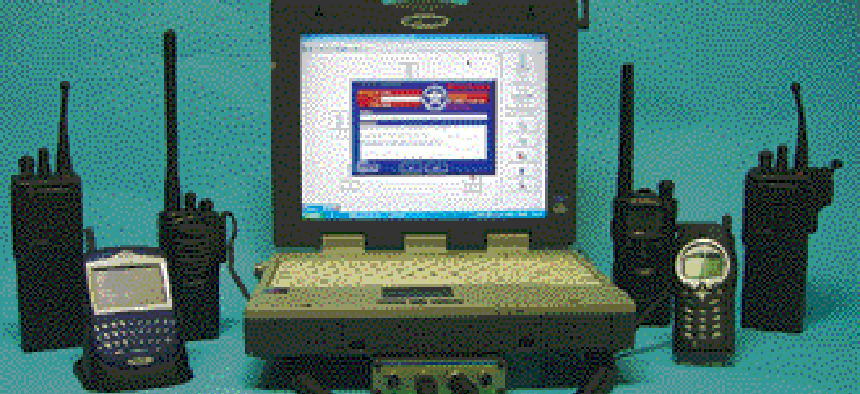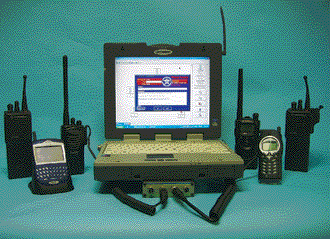Emergency response streamlined

When Michigan was battered by severe windstorms in 1997 and 1998, the state's Emergency Management department and 20 of its local emergency response organizations went into action.
When Michigan was battered by severe windstorms in 1997 and 1998, the state's Emergency Management department and 20 of its local emergency response organizations went into action.Roads were blocked, buildings damaged, and there were widespread power outages."We were trying to coordinate all the state- and local-level response by telephone and paper," said Dan Sibo, a technical and operations manager in the Michigan State Police Emergency Management division."When we got done with the responses and collected the documentation, we had somewhere between three and four Xerox paper boxes full of messages," he said.It was clear state officials needed a better way to coordinate disaster response.Systems integrator Science Applications International Corp. was enlisted to help Michigan move from its manual processes to an automated, electronic system.The first project phases included getting a geographic information system for the emergency operations center. Installing an information management system, called E Team, from NC4 Public Sector LLC, El Segundo, Calif, followed that."The next thing we wanted to do was enhance the capability to alert and notify all our personnel involved in emergency management and homeland security," Sibo said.For that, Michigan officials turned to Codespear LLC's SmartMsg to coordinate alerts and communications for first responders and emergency management, said Glen Seaman, vice president of business development for the Birmingham, Mich., company. SmartMsg makes it possible for multiple agencies and groups to send and receive emergency alerts and communicate using several networks and devices, such as pagers, cell phones and e-mail.For Michigan, with 110 local emergency management organizations, the ability to communicate with multiple devices was key. Broadcast alerts to two-way radios, for instance, require an appliance about the size of a small paperback book."This device is docked into a computer via its USB port, and it gets its power from the USB," Seaman said.Michigan has an emergency management center where officials coordinate resources in the event of a disaster or emergency. SmartMsg is used to contact people to report to the center. Under the previous system, staff members would send pages to alert people that the center was being activated. With 30 agencies that come into the emergency operations center, a staff was dedicated to sending pages and monitoring where people were. SmartMsg automates that process by calling a person on various devices until a response is received."We have people with multiple devices ? office e-mail, home e-mail, pager, cell phone, BlackBerry or radio ? some of which E Team could hit, and some which it couldn't," Sibo said. "From an alert and notification point of view, we need to be able to hit many devices to ensure that first responders are getting this information."SmartMsg also contacts the next person in line if a certain official doesn't respond.Michigan has more than 3,000 users on E Team, and is migrating them to SmartMsg, too. The transition should be manageable, because users do much of their own configuration. A user, for example, can program it so Monday through Friday, 8 a.m. to 5 p.m., the first notification goes to her office phone, and the second to a pager or cell phone. Then on weekends, it can be set to ping the pager first, then a home phone, and finally home e-mail."Rather than create this huge administrative overhead that could eat us alive, we want users to be responsible for maintaining their devices list, so that emergency managers are confident they can contact people when they need to," Sibo said.If you have an innovative solution that you installed in a government agency, contact Staff Writer Doug Beizer at dbeizer@postnewsweektech.com.


Some of Codespear LLC's equipment in use in Michigan for emergency response
Olympus Digital Cameras
NEXT STORY: On the edge: News briefs

